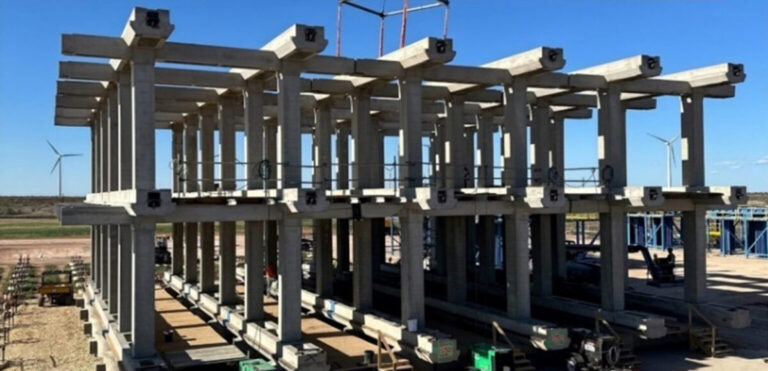Energy Vault and Enel have unveiled plans to build 18 MW/36 MWh of gravity storage in the United States. They say the project will be the first large-scale storage of gravitational energy in a Western country.
Enel Green Power, the renewable energy unit of Italian utility Enel, and British gravity storage specialist Energy Vault have jointly announced plans to build a large-scale gravity storage facility in the United States.
The system will operate in the ERCOT market. It will also serve the Solutions Excellence Center in Texas, a research facility for innovative storage technologies currently under construction.
“The plant is one of the first of its kind in the world and the first in the West,” Enel Green Power said in a statement. “The validation of the technology, which has been tested in the US market, will provide our group with the foundation for future projects where gravity technology could be used for long-term storage applications.”
In March, Energy Vault completed a 25 MW/100 MWh gravity storage facility in China.
EVx, the Energy Vault system, has demonstrated a round-trip efficiency of approximately 75% in a pilot project installed in Switzerland in 2020. The company said it expects this to be improved to around 80%, putting it in a similar range to pumped hydro storage and even grid-scale batteries.
Energy Vault’s storage device lifts composite blocks with an electric (solar-powered) motor. The lifted blocks are stacked, creating potential energy. As the blocks are lowered, the energy is harvested and sent for use.
It said the tower’s design is based on the physics of pumped hydroelectric energy storage. However, as a solid ‘mobile mass’, the composite blocks do not lose any storage capacity over time. The composite blocks can be made cheaply, the company says, using excavated soil from the construction site, waste materials such as mine waste and coal ash, and even fiberglass from decommissioned wind turbines.
The tower is controlled by computer systems and machine vision software that orchestrate the loading and unloading cycles. A storage time of two to twelve hours or longer is feasible, the company said.
This content is copyrighted and may not be reused. If you would like to collaborate with us and reuse some of our content, please contact: editors@pv-magazine.com.


